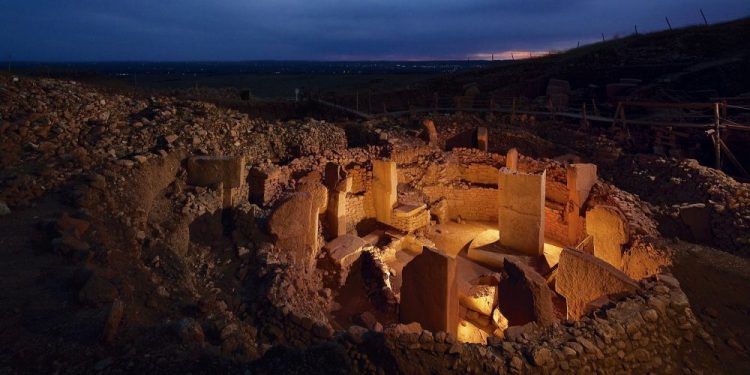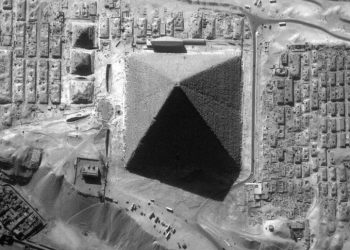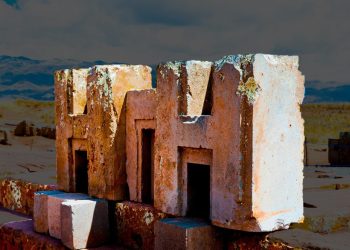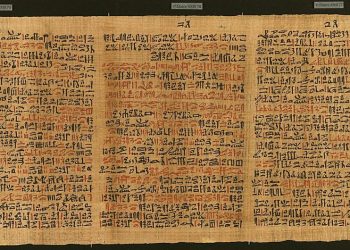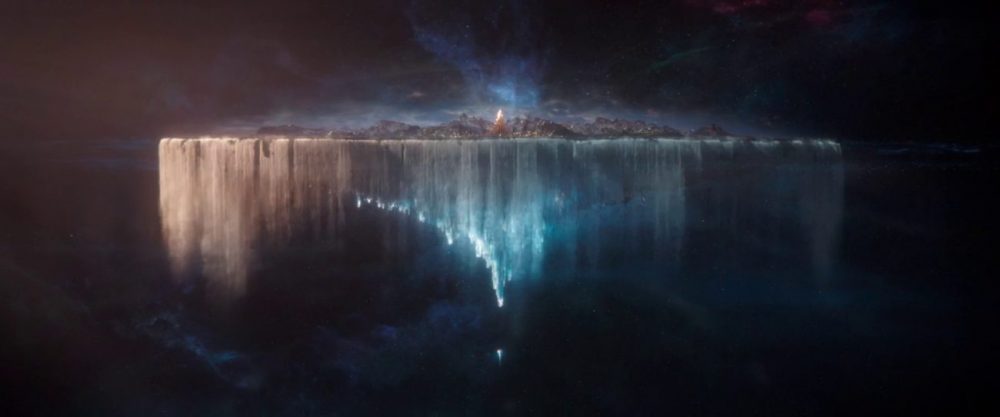As the best-selling author and researcher Graham Hancock explains in his book “Magicians of the Gods: The Forgotten Wisdom of Earth’s Lost Civilization”, at the end of the last Ice Age, 12,800 years ago, a giant comet shattered into numerous pieces. Some of them collided with Earth, causing a global cataclysm of unprecedented proportions since the extinction of the dinosaurs. At least eight of the debris hit the North American ice cap, while other debris hit the northern European ice cap.
The one-and-a-half-kilometer-wide collisions with the comet’s debris, approaching more than 150,000 kilometers per hour, generated huge amounts of heat that instantly liquefied millions of square kilometers of ice, destabilizing the Earth’s crust and causing a global flood remembered in myths around the world.
For years, the claims of writer Graham Hancock were ignored by scientists, who argued that it is impossible for a developed civilization to have inhabited the Earth tens of thousands of years ago.
Hancock’s Theory and the evidence of a Comet Impact in the ancient monument of Gobekli Tepe
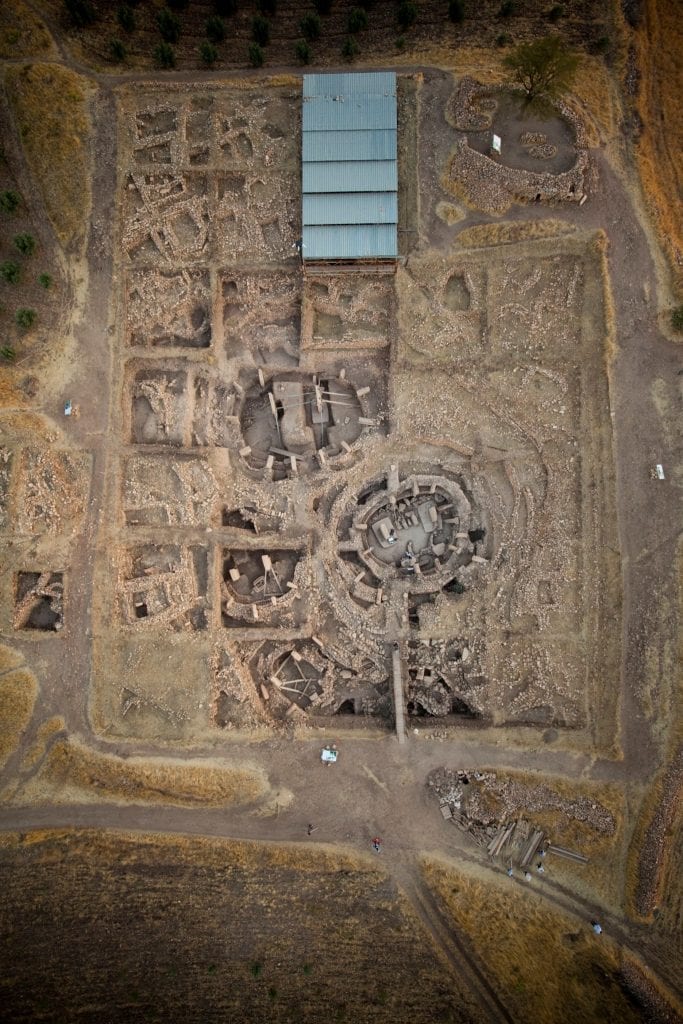
Considered by many to be a dreamer and by many others to be a deluded author, much of his work was ignored by “experts” who refused to accept anything beyond what they firmly believed in – a timeline of Earth’s history, shattered from those same specialists who cannot fully explain the many historical enigmas that cast a shadow over our origins.
But suddenly, when experts from the University of Edinburgh’s School of Engineering published an interesting scientific paper, Hancock’s words, long ignored, suddenly became less absurd to the scientific community.
According to scientists, the intricate stone carvings found on Gobekli Tepe – the oldest temple on Earth – are evidence that a comet collided with Earth about 11,000 BC. This collision led to cataclysmic events that wiped out civilization on Earth.
Research has determined that the oldest layer of Gobekli Tepe dates around 9600 BC. Therefore, it is 6,500 years older than Stonehenge and 7,000 years older than the Pyramids.
As Hancock explained, there is evidence around the world that speaks to such a massive collision. This flaming cosmic rock has crashed into our planet, hitting the earth’s crust with the force of several atomic bombs exploding simultaneously. This cataclysmic event wiped out several large animal species and nearly wiped out humanity.
Interestingly, this is exactly what Dr. Martin Suetman from Edinburgh discovered when he examined some of the stone pillars of Gobekli Tepe in present-day Turkey.
“One of the pillars of Gbekli Tepe seems to have served as a monument to this devastating event – probably the worst day in history since the end of the Ice Age.”
The intricate carvings found on Gobekli Tepe depict a man without a head – a graphic symbol of human bloodshed. The so-called Gobekli Tepe’s “Vulture Stone” illustrates interesting symbols that tell an incredible story.
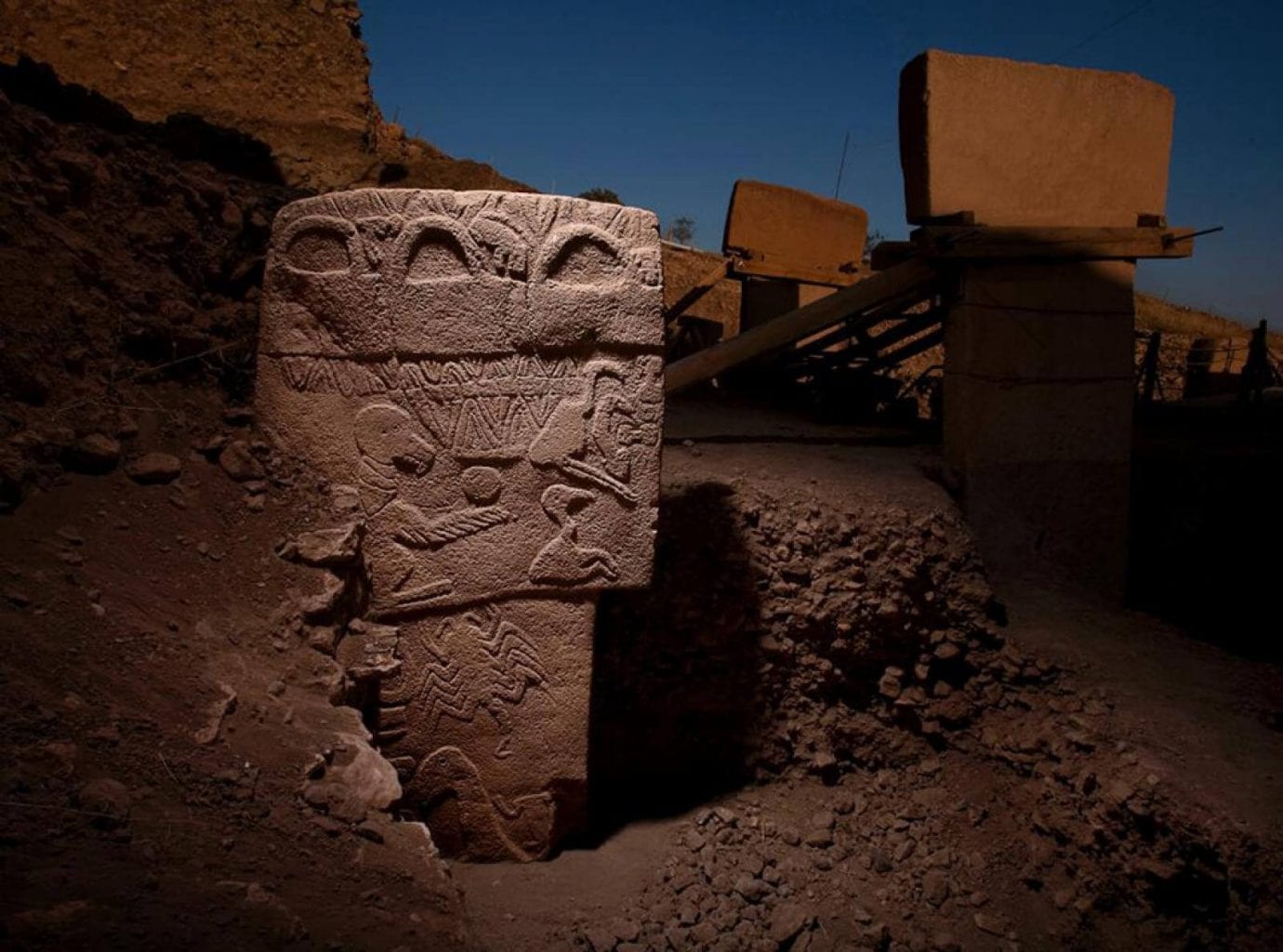
Experts found images of animals carved on the Vulture Stone and found that the animals were in fact astronomical symbols. Using sophisticated computer software, the scientists linked the symbols to motifs in the sky and found that they were related to an event that occurred around 10,950 BC.
As scientists explain, the symbols carved on the stone pillars have to do with a cosmic event believed to have been the collapse of a massive comet from the inner solar system, just during the period known as the Younger Dryas. This period is considered a turning point for humanity, as it coincides with the emergence of agriculture and the first Neolithic civilizations.
But how is it at all possible that the builders of Gobekli Tepe – more than ten thousand years ago – carved intricate astronomical symbols on stone pillars? According to experts at the time, humans were “savages”, hunter-gatherers, no more developed than the caveman, without any knowledge of engineering or mathematics.
Clearly, something in the story has to be quite the opposite. Hancock notes that the stone slabs of Gobekli Tepe not only describe an ancient cosmic collision but also predict another one that is yet to come.
Hancock claims that the ancient collision, recorded on the Vulture Stone of Gobekli Tepe, was in fact with massive remnants of the Taurid meteor shower – a belt containing millions of cosmic rocks. Astronomers believe that inside this belt is a massive planetoid, a superheated rock – something like a massive space hand grenade.
Many of the remains hidden in the belt could be three to four times larger than the one that collided with Earth 65 million years ago and caused the extinction of the dinosaurs. Hancock also notes that we are expected to cross the Taurid meteor shower in 10 years, around 2030.
Join the discussion and participate in awesome giveaways in our mobile Telegram group. Join Curiosmos on Telegram Today. t.me/Curiosmos



